Mozambique

Agrifood policy monitoring
Actual agriculture-specific expenditures in Mozambique from 2009–2019 stood at an average of USD 184 million, with the lowest of the period being USD 106 million in 2016 and the highest being around USD 256 million in 2013.
In the last 5 years (2015–2019), budgeted amounts stood at an average of USD 227 million, while actual spending stood at around USD 163 million, implying a budget execution rate of 72%.
Mozambique’s agriculture expenditure progress is still below the CAADP 10% target. Between 2009 and 2019, the share of agriculture spending over total public expenditure ranged from the lowest 1.9 % in 2016 and again in 2019 to the highest of 5.2% in 2019, with an annual average over the period of 3.1%.
In the last 5 years, the bulk (78%) of all expenditures on food and agriculture came from the government, while the rest (22%) was financed by donors.
On average, in the same period, just over half (55%) of actual agriculture-specific expenditures were directed towards the general-sector support to the sector (i.e. public goods such as research, extension or infrastructure), followed by a third (33%) to consumers (e.g. food, subsidies or school-meals programmes), and around 12% to producers in the form of input subsidies.
* in USD nominal terms
The nominal rate of protection (NRP) at farm-gate – the ratio of the price gap at farm-gate in relation to the reference price – was -6%, on average and across 9 commodities observed between 2005 and 2019, with the most negative being -35% in 2018, and the most positive 47.3% in 2016.
There are, however, substantial differences across the 9 commodities analysed, the main ones being:
- Cashew nuts (in shell) producers faced negative price incentives, on average. The average NRP at farm-gate (observed) was -18%, with the highest value of 7% in 2006 and the lowest -53% in 2016.
- Cashew nuts (shelled) producers benefited from price incentives between 2005 and 2020, as the average NRP at farm-gate (observed) was 28%, with only three negative values, the lowest in 2016 at -41%.
- Chicken farmers benefitted from price incentives in all years between 2010 and 2019 (average NRP was -67%) with the highest value of 100% in 2015 and the lowest value 21% in 2010.
- Cotton seeds producers: the average NRP at farm-gate (observed) was -2% over the period 2005–2020, with the highest value of 70% in 2014, and the lowest in 2010 at -47%.
- Sesame seeds producers: the average NRP at farm-gate (observed) was 16% over the period 2012–2019, with the lowest value of -4% in 2019 and the highest value of 41% in 2012.
Agrifood reforms
MAFAP is currently supporting Mozambique on several policy areas, including:
- Import-substitution strategy for edible oils. We’re carriying out an analysis on the proposed import-substitution strategy for edible oils, that recommend a series of areas of interventions and amendments to boost the domestic edible oil industry and enable it to depend less on imports and meet domestic demand in the relevant interlinked industries.
- New minimum price for cashew nuts producers. We’re devising new formulas to set a minimum-reference price for producers of cashew nuts, one of Mozambique’s top exports in terms of value. The government has stopped using the old formula and has taken note of the MAFAP proposal.
- New revenue model for the National Irrigation Institute. We’re proposing a new funding model for the body in charge of irrigation to be become fully self-financing and to ensure its capacity to raise revenue sustainably. MAFAP’s policy recommendations have been included in the Decree to establish the INIR as an autonomous public institute.
The programme has also helped to drive a number of agrifood reforms in the country, such as:
- Designing new reference prices for sesame, soybean and sunflower seeds. We supported the Cotton and Oilseeds Institute with new formulas to set a minimum reference price for producers in order to provide greater transparency in the price-setting process.
- Establishing new regulation for the oilseeds sector. We carried out a policy and investment “diagnosis” in the oilseeds sector ahead of a new regulation on the production and trade of oilseeds, including the harmonization of tariffs on imports of unrefined and refined edible oil and promotion of contract farming. The new oilseeds regulation came into effect in early 2023.
- Helping cotton farmers deal with price shocks. We recommended a price stabilization mechanism to address the domestic cotton sector’s vulnerability to global market instability and to act as a cushion for producers’ income when international prices deviate from farm-gate prices. The Council of Ministers approved a Seed Cotton Price Stabilization Mechanism to provide “top-up” payments to cotton producers when prices fall far below international cotton prices.
- Reducing post-harvest losses of maize. Using econometrics, we collected and analysed data on post-harvest losses in the maize value chain in the Manica and Zambezia provinces to help pinpoint where losses occur and why. Our policy work was embedded in the second Strategic Plan for the Development of the Agricultural Sector (PEDSA II) and the second National Agricultural Investment Plan (PNISA II) includes MAFAP recommendations on priority investments (e.g. storage facilities and pest management) to address maize losses.
- Improving the country’s cotton production forecasting. Using econometrics, we helped the Cotton and Oilseeds Institute to better forecast cotton production, yields and areas under cultivation, which will reduce the margin of error between forecast production and actual cotton production volumes. Better forecasts will also shape policy decisions and budgetary planning. It is expected that the Institute will use the MAFAP model in future forecasting for cotton seasons.
News
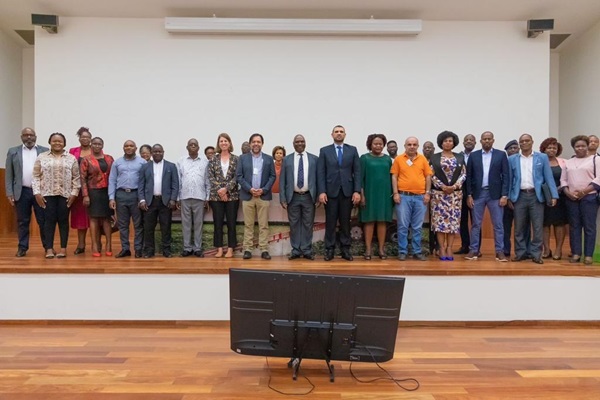
MAFAP presents review of ways to set reference price for cashew nut producers in Mozambique
06/12/2023

MAFAP proposes options to set reference prices for soybean, sesame and sunflower seeds in Mozambique
23/03/2023
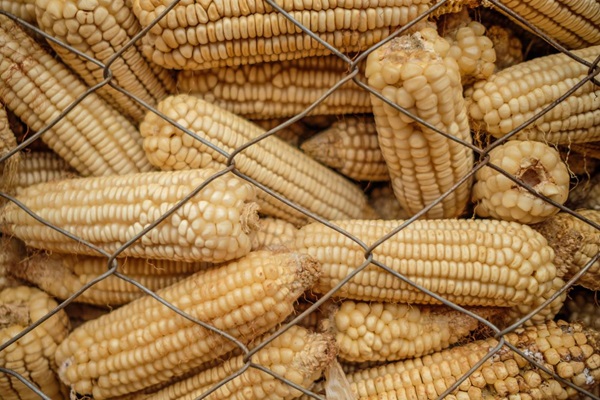
MAFAP and IFPRI deliver post-harvest loss training in Mozambique
16/11/2021
Publications
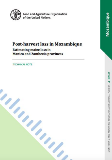
Post-harvest loss in Mozambique - Estimating maize loss in Manica and Zambezia provinces
12/11/2021
In Mozambique, food security remains a key issue and the country suffers perennial food shortages, especially in the provinces of Manica,Tete, Sofala,...
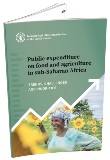
Public expenditure on food and agriculture in sub-Saharan Africa: trends, challenges and priorities
07/05/2021
The report tracks and analyses the level and composition of public expenditure on food and agriculture in thirteen countries in sub-Saharan Africa throughout...

Rethinking Mozambique’s cotton price-fixing system to align producers’ prices with international prices
24/04/2013
Although the government supports cotton farmers by regulating prices, cotton producers in Mozambique receive prices that are lower than international...
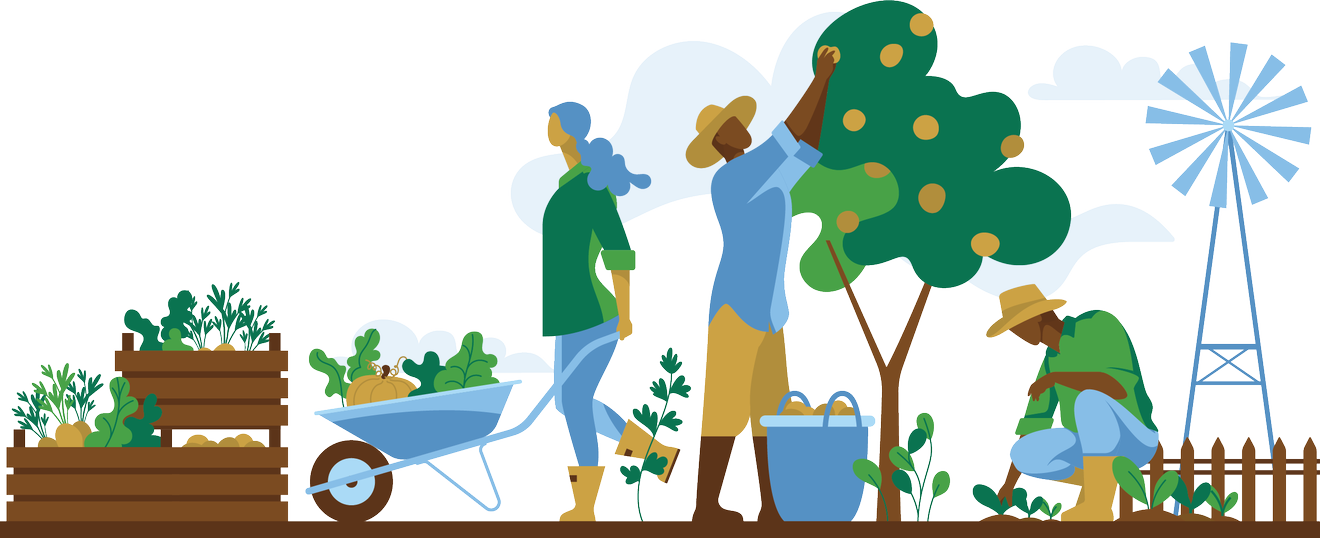
National partners
- Ministry of Agriculture and Rural Development
- Nuts Institute of Mozambique
- Cotton and Oilseeds Institute of Mozambique
- National Irrigation Institute
Useful links
Contact the MAFAP Mozambique team

Ivânia Mondlane
Economist
.jpg?sfvrsn=824cdb11_6)
Valentina Pernechele
Economist & Policy Monitoring Coordinator
